Home>Interior Design>Should Carpet Be Lighter Or Darker Than Walls? We Speak To The Experts
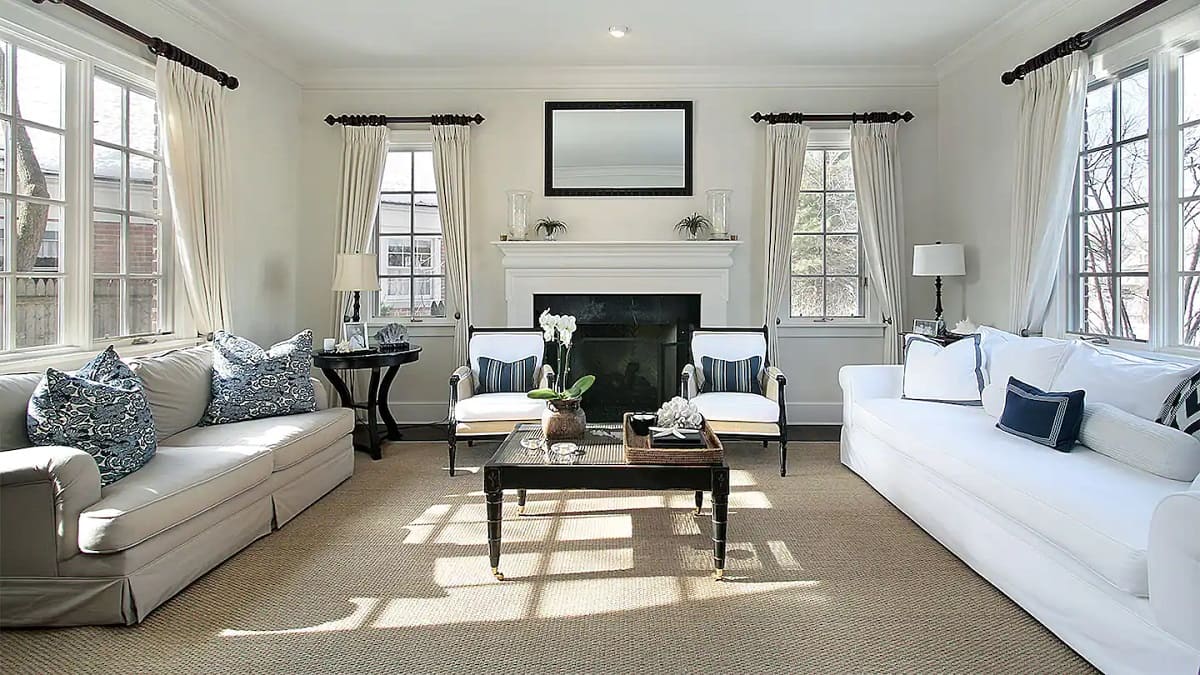

Interior Design
Should Carpet Be Lighter Or Darker Than Walls? We Speak To The Experts
Modified: October 21, 2024
Discover expert advice on whether carpets should be lighter or darker than walls in interior design. Get insights from the professionals to help you make the right decision.
(Many of the links in this article redirect to a specific reviewed product. Your purchase of these products through affiliate links helps to generate commission for Storables.com, at no extra cost. Learn more)
Introduction
Choosing the right color for your carpet can greatly impact the overall look and feel of your interior space. One common question that homeowners often grapple with is whether the carpet should be lighter or darker than the walls. It’s a valid concern since the color relationship between the carpet and walls can significantly influence the visual harmony and ambiance of a room.
While there may not be a definitive answer to this question, we can turn to experts in the field of interior design for their insights. In this article, we will delve into the considerations and opinions surrounding the choice between lighter or darker carpet in relation to wall color.
Before exploring expert perspectives, it’s important to understand the factors that play a role in this decision-making process. The size of the room, lighting conditions, personal style, and the desired mood all come into play when determining the ideal carpet and wall color combination.
Additionally, it’s crucial to grasp the effects of light on both carpet and wall colors. Natural and artificial lighting can alter the appearance of a color, making it appear lighter or darker than it actually is. This phenomenon should be considered when selecting carpet and wall colors to ensure the desired outcome in different lighting scenarios.
Moreover, creating visual contrast between the carpet and wall colors can add depth and dimension to a room. This can be achieved through complementary or contrasting color schemes, allowing certain elements to stand out and make a statement.
Lastly, the psychological impact of color combinations should not be overlooked. Different colors evoke distinct emotions and moods, and incorporating this understanding into the choice of carpet and wall colors can enhance the overall ambience of a space.
By examining expert opinions, considering the factors at play, understanding the impact of light, and recognizing the psychological effects, we can gain a comprehensive understanding of whether the carpet should be lighter or darker than the walls. Let’s dive into the expertise of interior designers and discover their insights on this intriguing topic.
Key Takeaways:
- The choice between lighter or darker carpet than the walls depends on factors like room size, lighting, and personal style. Expert opinions vary, so trust your instincts and consider seeking professional guidance for a decision tailored to your space.
- Understanding the impact of light and color psychology is crucial when deciding on carpet and wall colors. Consider creating visual contrast and harnessing the psychological effects to create a space that aligns with your desired mood and overall style.
Considerations when choosing carpet color
Choosing the right carpet color involves considering several key factors that can ultimately affect the overall aesthetics and functionality of your space.
First and foremost, it’s essential to assess the size of the room. In smaller spaces, lighter-colored carpets can create an illusion of openness and make the room appear larger. Conversely, darker-colored carpets can add a cozy and intimate feel to larger rooms. By understanding the impact of color on spatial perception, you can make an informed decision that complements the proportions of your room.
Next, consider the lighting conditions in the room. Natural light and artificial lighting can dramatically affect how colors appear. If the room is well-lit with plenty of natural light, lighter-colored carpets can help to amplify the brightness and create an airy atmosphere. However, in rooms with limited natural light, darker-colored carpets can add warmth and depth, preventing the space from feeling flat or dull.
Your personal style and preference should also influence your choice of carpet color. Consider the overall aesthetic you desire for your space. If you prefer a minimalist and contemporary look, a monochromatic color scheme with a lighter or darker carpet that matches the walls can create a sleek and cohesive design. On the other hand, if you lean towards a more eclectic style, you may opt for a bold and contrasting carpet color that adds visual interest and personality to the room.
Another important factor to consider when choosing carpet color is the level of foot traffic in the area. Lighter-colored carpets tend to show stains and dirt more easily, requiring regular cleaning and maintenance. If you expect high foot traffic or have pets or children in the house, a darker-colored carpet may be a more practical choice, as it can better hide stains and wear over time.
Finally, take into account the existing elements within the room, such as furniture, curtains, and wall decor. The carpet color should harmonize with these elements and create a cohesive and visually appealing composition. You can either choose a carpet color that complements the existing color palette, or use it as an opportunity to introduce an accent color that ties the room together.
By considering the size of the room, lighting conditions, personal style, foot traffic, and existing elements, you can make an informed decision about the appropriate carpet color. Additionally, seeking expert advice and opinions can further guide you in choosing the perfect carpet color that suits your needs and enhances the overall aesthetics of your space.
Expert opinions on carpet color vs. wall color
When it comes to the debate of whether the carpet should be lighter or darker than the walls, interior design experts have varying opinions based on their experiences and design philosophies.
Some experts argue that having the carpet and walls in similar shades creates a harmonious and cohesive look. By choosing a lighter or darker shade of the wall color for the carpet, the room can have a unified and seamless appearance. This approach is often recommended for smaller rooms or spaces with limited natural light, as it can create a sense of expansiveness and openness.
On the other hand, some designers advocate for creating contrast between the carpet and wall colors. They believe that contrasting colors can add interest and depth to a space. For example, pairing a light-colored carpet with darker walls can create a dramatic and striking effect. This approach is commonly used in larger rooms or spaces where the aim is to make a statement and create visual impact.
Interior designers also stress the importance of considering the overall color scheme and style of the room. If you are working with a monochromatic color palette or have a minimalist design aesthetic, choosing a carpet color that matches the walls can contribute to a sleek and cohesive look. However, if you embrace a more eclectic style or have a color scheme with various tones and hues, opting for a contrasting carpet color can break up the monotony and add a pop of visual interest.
Furthermore, experts emphasize the role of personal preference and the desired mood of the space. Lighter-colored carpets can create an airy and serene atmosphere, perfect for spaces dedicated to relaxation and tranquility. Conversely, darker-colored carpets can evoke warmth and coziness, making them ideal for spaces designed for comfort and intimacy.
Ultimately, it’s crucial to consider the specific characteristics of the room, such as the size, lighting conditions, style, and overall ambiance you want to achieve. By analyzing these factors and seeking expert advice, you can make an informed decision about whether the carpet should be lighter or darker than the walls.
Remember, there is no one-size-fits-all answer to this question. Each room is unique, and the choice of carpet and wall color should be tailored to the specific needs and preferences of the homeowner. A skilled interior designer can guide you through the decision-making process, helping you create a visually pleasing and functional space that reflects your personal style.
Factors to consider when deciding on carpet shade
Choosing the right shade of carpet involves considering a variety of factors that can impact the overall appearance and functionality of your space. Here are some key factors to consider when deciding on the shade of your carpet:
- Room Size: The size of the room is an important consideration when selecting the shade of your carpet. Lighter shades can make a small room appear more spacious, while darker shades can create a cozy and intimate atmosphere in larger rooms.
- Natural Light: Take into account the amount of natural light that enters the room. Lighter shades of carpet can help to brighten up a room with limited natural light, making it feel more open and airy. Conversely, darker shades can add warmth and richness to rooms that receive ample sunlight.
- Existing Décor: Consider the existing color scheme and décor in the room. The shade of the carpet should harmonize with the overall design aesthetic and complement the furniture, walls, and other elements in the space. Choose a shade that enhances the existing color palette and creates a cohesive look.
- Lifestyle and Maintenance: Think about your lifestyle and the level of maintenance you are willing to undertake. Lighter shades of carpet may show stains, dirt, and wear more easily, requiring more frequent cleaning and maintenance. Darker shades, on the other hand, can better hide stains and wear, making them a practical choice for high-traffic areas or if you have pets or children.
- Psychological Impact: Keep in mind the psychological effects of different carpet shades. Colors can evoke specific emotions and moods. Lighter shades tend to create a sense of calmness and serenity, while darker shades can add a sense of drama and coziness. Consider the desired ambience and atmosphere you want to create in the room.
It’s important to weigh all these factors before making a decision on the shade of your carpet. Consider consulting with an interior design professional who can provide guidance and insights based on their expertise. They can help you choose a shade that not only enhances the beauty of your space but also meets your functional needs and personal style preferences.
Tip: For a spacious and airy feel, choose a carpet that is lighter than the walls. A darker carpet can create a cozy and intimate atmosphere. Consider the natural light and size of the room when making your decision.
The impact of light on carpet and wall colors
Light plays a significant role in how colors appear, and understanding its impact is crucial when choosing carpet and wall colors. Both natural and artificial lighting can affect the perceived shade and intensity of colors in a space. Here’s an in-depth look at the impact of light on carpet and wall colors:
Natural Light: Natural light has a dynamic and ever-changing quality that can transform the appearance of colors throughout the day. As sunlight shifts in intensity and direction, it can make colors appear warmer or cooler, and lighter or darker. Rooms that receive abundant natural light tend to showcase colors more accurately, making it essential to consider the direction and intensity of sunlight when selecting carpet and wall colors.
Artificial Light: Different types of artificial light sources, such as fluorescent, incandescent, or LED lighting, can also distort color perception. Each type of light emits a different color temperature, ranging from warm (yellowish) to cool (bluish). This can cause colors to appear differently than in natural light. It’s advisable to view carpet and wall color samples under the lighting conditions that will be present in the space to get a more accurate representation of how they will look.
Color Temperature: Understanding color temperature is crucial when considering how light affects carpet and wall colors. Warm colors, such as reds, yellows, and oranges, appear more vibrant under warm (yellowish) light. On the other hand, cool colors, such as blues, greens, and purples, appear brighter under cool (bluish) light. Selecting the right color temperature for your light bulbs can help maintain the desired appearance of your chosen carpet and wall colors.
Reflective Surfaces: The surrounding surfaces, textures, and finishes in a room can also impact the way light interacts with carpet and wall colors. Highly reflective surfaces, such as glossy paint or polished flooring, can bounce light around and intensify or alter the perceived colors. Conversely, matte finishes absorb more light and create a softer appearance. Consider the reflective properties of surrounding surfaces when deciding on carpet and wall colors to achieve the desired visual effect.
Sampling and Testing: Given the significant impact of light on color perception, it’s important to sample and test your chosen carpet and wall colors in the actual space. Obtain small samples of carpet and paint to observe how they look under different lighting conditions throughout the day. Assess how the colors interact with the natural and artificial light sources in the room to ensure that you achieve the desired aesthetic.
By understanding the impact of light on carpet and wall colors, you can make more informed decisions when selecting shades for your space. Remember, natural and artificial lighting conditions can vary, so it’s essential to view color samples in the specific lighting environment to create the desired visual impact and harmony in your room.
Creating visual contrast with carpet and wall color
Creating visual contrast between the carpet and wall colors can add depth, interest, and visual appeal to a room. By intentionally selecting contrasting colors, you can create a dynamic and harmonious space. Here are some tips for achieving visual contrast with your carpet and wall color choices:
Color Wheel: Familiarize yourself with the color wheel to understand complementary and contrasting color combinations. Complementary colors are located opposite each other on the color wheel, such as blue and orange or red and green. Using complementary colors for your carpet and wall colors can create a visually striking contrast. Alternatively, you can opt for a triadic color scheme, selecting three colors that are equally spaced around the color wheel.
Light vs. Dark: The simplest way to create visual contrast is by pairing light-colored walls with darker-colored carpet, or vice versa. Light walls with a dark carpet can create a dramatic and bold look, while dark walls with a light carpet can add a sense of sophistication and elegance. This contrast in shades draws attention to both elements, creating a visually pleasing balance.
Textural Contrast: Consider the texture of your chosen carpet and how it contrasts with the walls. A textured or patterned carpet can add visual interest and depth, especially when paired with a smooth and solid wall color. Conversely, a textured or patterned wall can create a focal point and serve as a backdrop for a more neutral or simple carpet.
Accent Wall: Another way to create visual contrast is by using an accent wall. Select one wall in the room to paint in a bold or contrasting color, while keeping the other walls and the carpet in a more neutral shade. This creates a focal point and can make a statement, drawing attention to that specific area of the room.
Consider the Room’s Purpose: Think about the function and purpose of the room when deciding on the level of contrast. For example, in a formal dining room, a high-contrast combination can create an elegant and sophisticated ambiance. In a bedroom, on the other hand, a more subdued contrast can promote relaxation and tranquility.
Balance and Harmony: While creating contrast is important, it’s equally essential to maintain balance and harmony in the room. Make sure that the contrasting colors complement each other and the overall design aesthetic. Experiment with different combinations and consider the impact of lighting conditions to achieve the desired visual effect.
Creating visual contrast with your carpet and wall colors can elevate the overall design of a room. Whether you prefer bold and dramatic contrasts or more subtle variations, the key is to find a balance that enhances the space and reflects your personal style. Don’t be afraid to experiment and trust your instincts to create a visually dynamic and visually appealing environment.
Psychological effects of carpet and wall color combinations
The colors we choose for our carpets and walls can have a significant impact on our mood, emotions, and overall psychological well-being. By understanding the psychological effects of different color combinations, we can create spaces that evoke the desired feelings and enhance our overall experience. Here are some common carpet and wall color combinations and their psychological effects:
Neutral Colors: Neutral colors such as beige, gray, and white are often associated with calmness, serenity, and a sense of balance. When paired together, neutral-colored carpets and walls can create a soothing and relaxing atmosphere, making them ideal for spaces like bedrooms, living rooms, or meditation areas.
Warm Tones: Colors like red, orange, and yellow are known as warm colors and can evoke feelings of energy, warmth, and enthusiasm. When combined, warm-colored carpets and walls can create a vibrant and inviting ambiance. They are often used in gathering spaces like dining rooms or living rooms where social interactions and gatherings take place.
Cool Tones: Cool colors such as blue, green, and purple are known for their calming and refreshing effects. When used together, cool-colored carpets and walls can create a tranquil and serene environment. These color combinations are commonly found in bedrooms, bathrooms, or home offices as they promote relaxation and a sense of focus.
Contrasting Colors: Choosing contrasting colors for your carpet and wall combinations can create a dynamic and visually stimulating environment. Bold combinations like blue carpet with yellow walls or red carpet with green walls can create a sense of energy, creativity, and excitement. These combinations are often used in areas where you want to make a statement or add an element of surprise.
Monochromatic Schemes: Monochromatic color schemes involve using varying shades of the same color. Combining different shades of a single color for the carpet and walls can create a harmonious and sophisticated look. Monochromatic combinations can evoke a sense of unity, simplicity, and elegance, making them popular in minimalist or contemporary design styles.
Personal Preferences: It’s important to note that individual preferences and associations with colors can vary. Some people may find certain colors calming while others may find them stimulating. Consider your personal preferences and the intended function of the space when choosing carpet and wall color combinations.
When selecting carpet and wall color combinations, it’s essential to consider the emotional and psychological effects they may have on you and those who will occupy the space. Take into account the purpose of the room, the desired atmosphere, and the feelings you want to evoke. Consulting with an interior design professional can provide valuable insights and help ensure that the chosen color combinations align with your vision and goals.
By harnessing the psychological effects of carpet and wall color combinations, you can create spaces that not only look visually appealing but also have a positive impact on your overall well-being and emotional state.
Conclusion
Deciding whether the carpet should be lighter or darker than the walls is a question that can provoke a lot of thought and consideration. While there’s no definitive answer to this debate, understanding the various factors, expert opinions, and the impact of light and color psychology can help guide you in making an informed decision.
Considerations such as room size, lighting conditions, personal style, and lifestyle should be taken into account when choosing carpet color. Understanding how natural and artificial light can affect the appearance of colors is also crucial. Creating visual contrast between carpet and wall colors can add depth and interest to a space, while also considering the psychological effects can help create the desired ambiance.
Interior design experts have varied opinions when it comes to whether the carpet and wall colors should match or contrast. Some prefer a cohesive and unified look, while others advocate for contrasting colors to create visual interest. Ultimately, the decision should be based on your personal style, the characteristics of your room, and the mood you want to create.
It’s important to note that there are no hard and fast rules in interior design, and personal preferences play a significant role. Trust your instincts and consider seeking guidance from a professional designer who can provide expert advice tailored to your specific needs.
By carefully considering the factors, expert opinions, and the psychological effects of carpet and wall color combinations, you can create a space that not only looks visually appealing but also aligns with your desired mood and overall style. Whether you opt for a monochromatic look, bold contrast, or a harmonious blend, the choice is ultimately up to you to create a space that reflects your personality and enhances your everyday living experience.
Remember, interior design is a creative journey, and there’s no right or wrong answer when it comes to choosing the perfect carpet and wall colors. Embrace your personal style, trust your instincts, and have fun creating a space that brings you joy and comfort.
Frequently Asked Questions about Should Carpet Be Lighter Or Darker Than Walls? We Speak To The Experts
Was this page helpful?
At Storables.com, we guarantee accurate and reliable information. Our content, validated by Expert Board Contributors, is crafted following stringent Editorial Policies. We're committed to providing you with well-researched, expert-backed insights for all your informational needs.
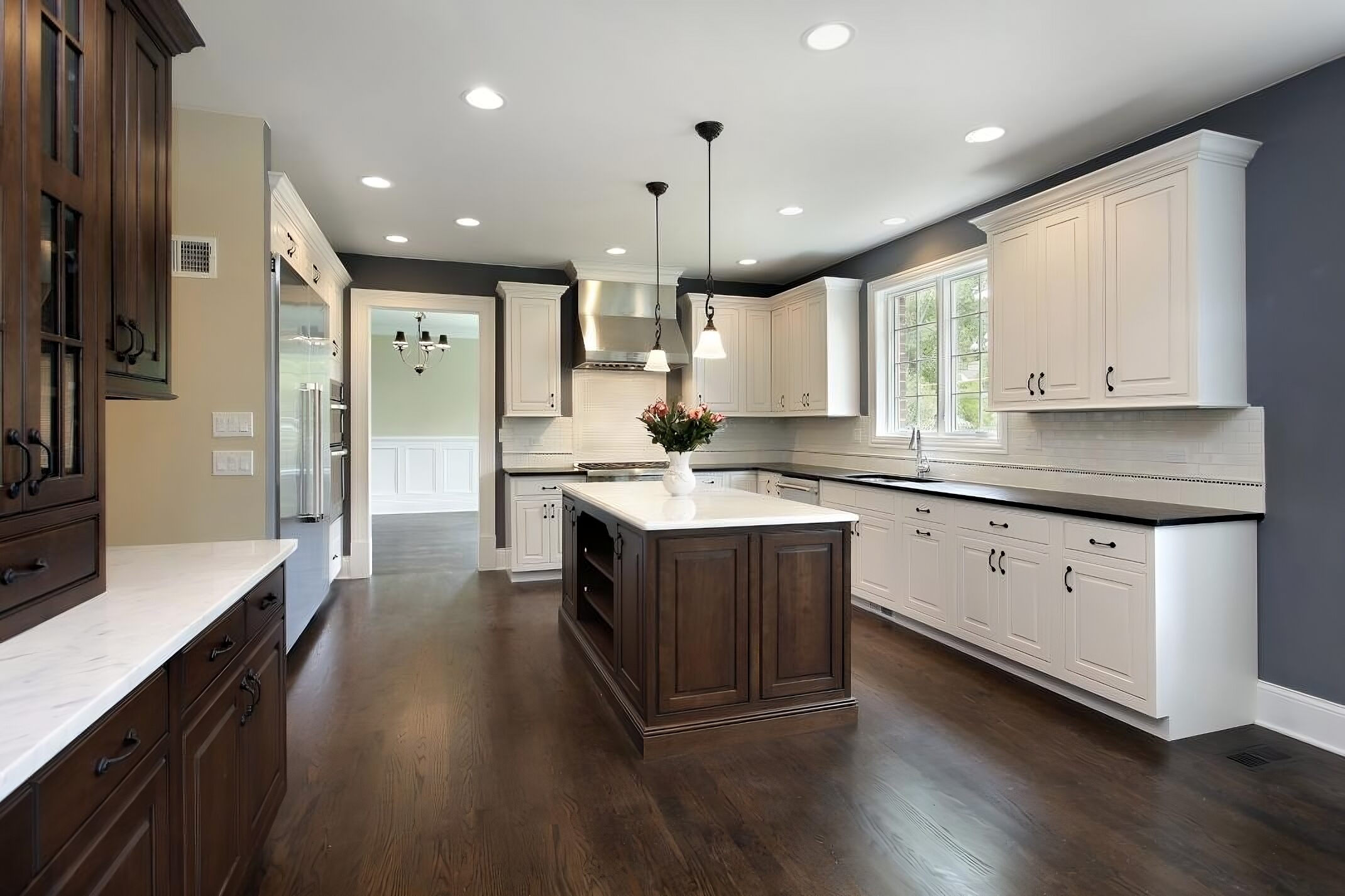
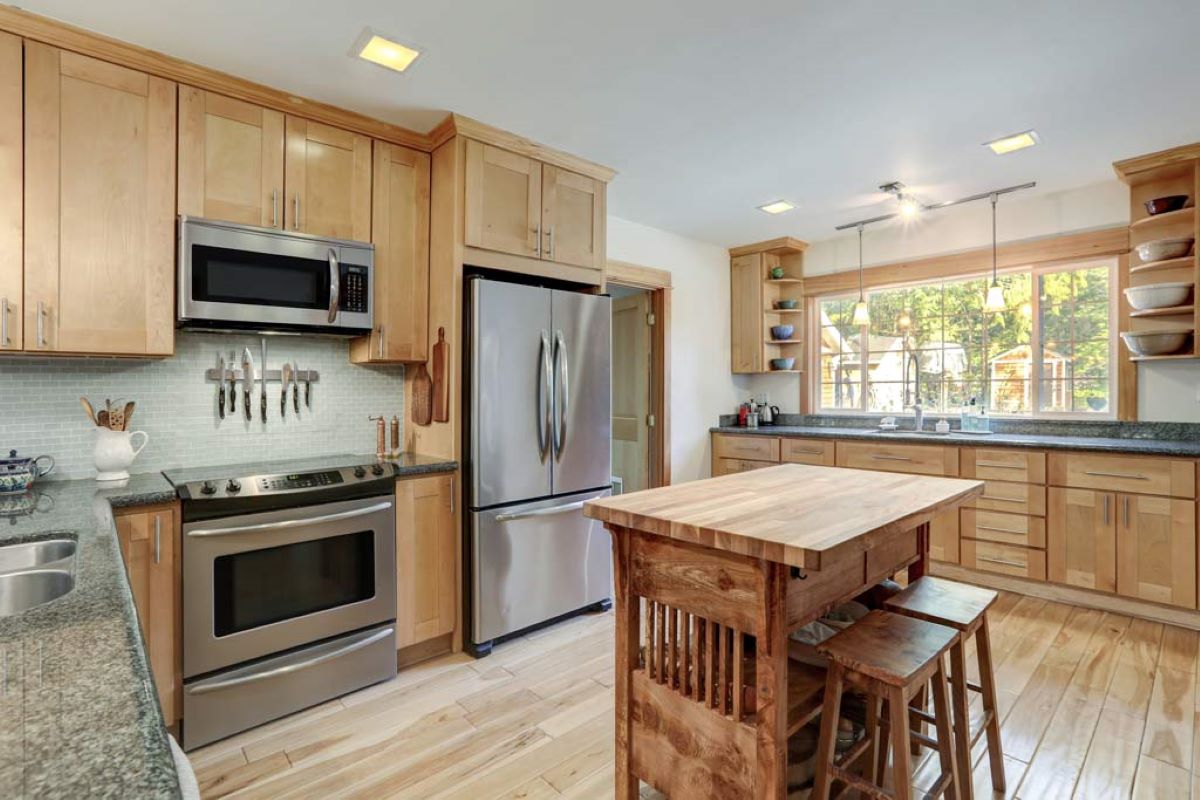
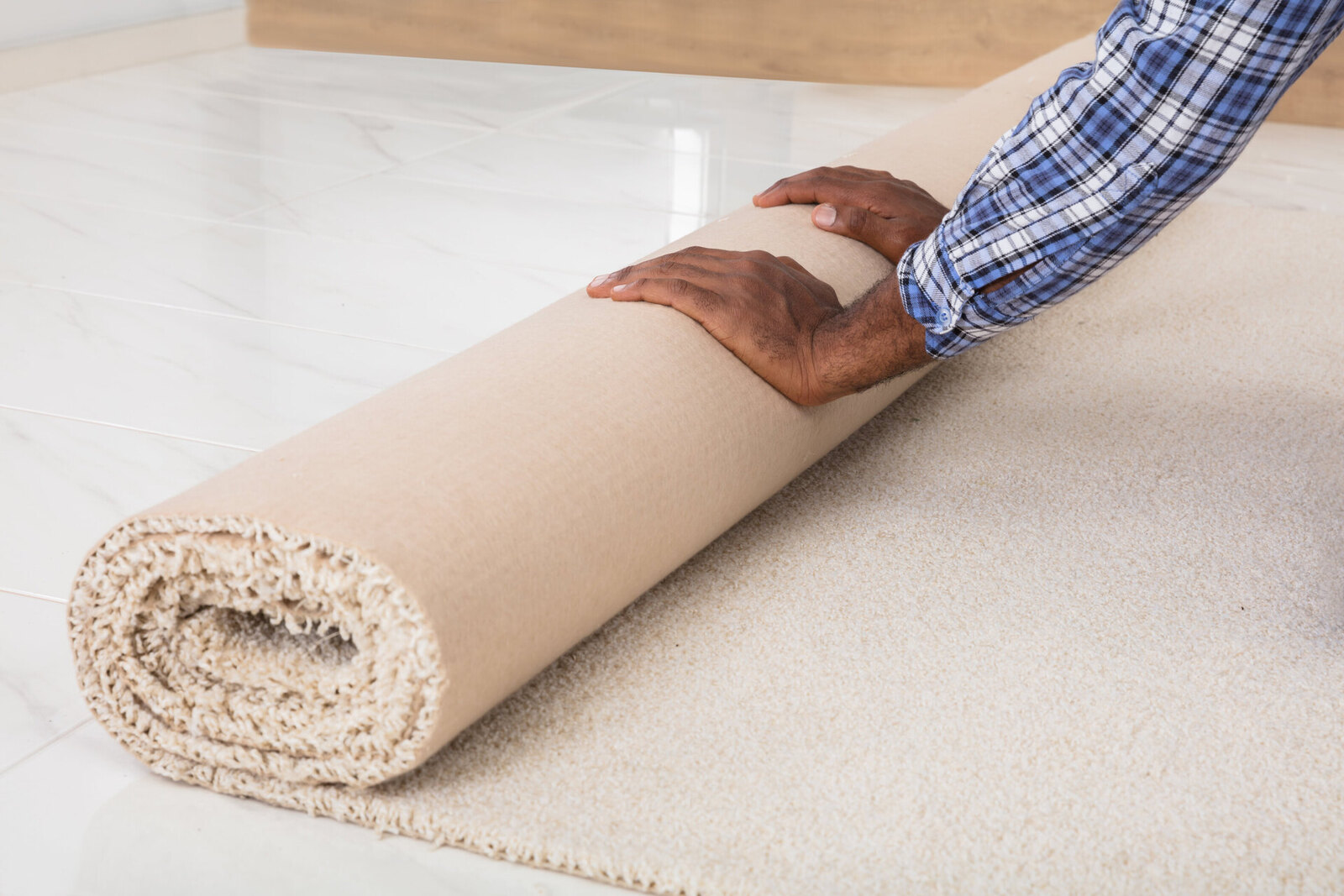

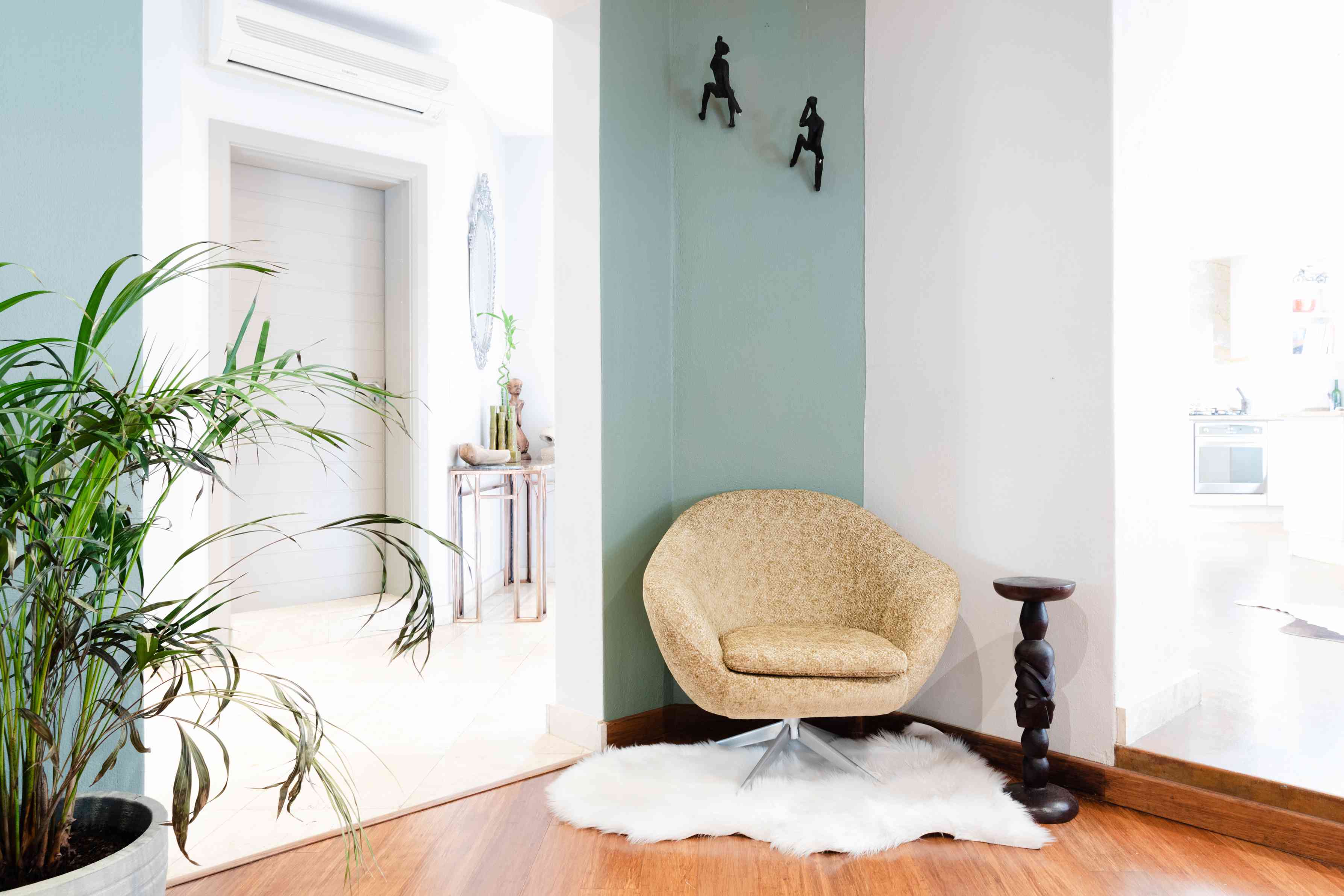
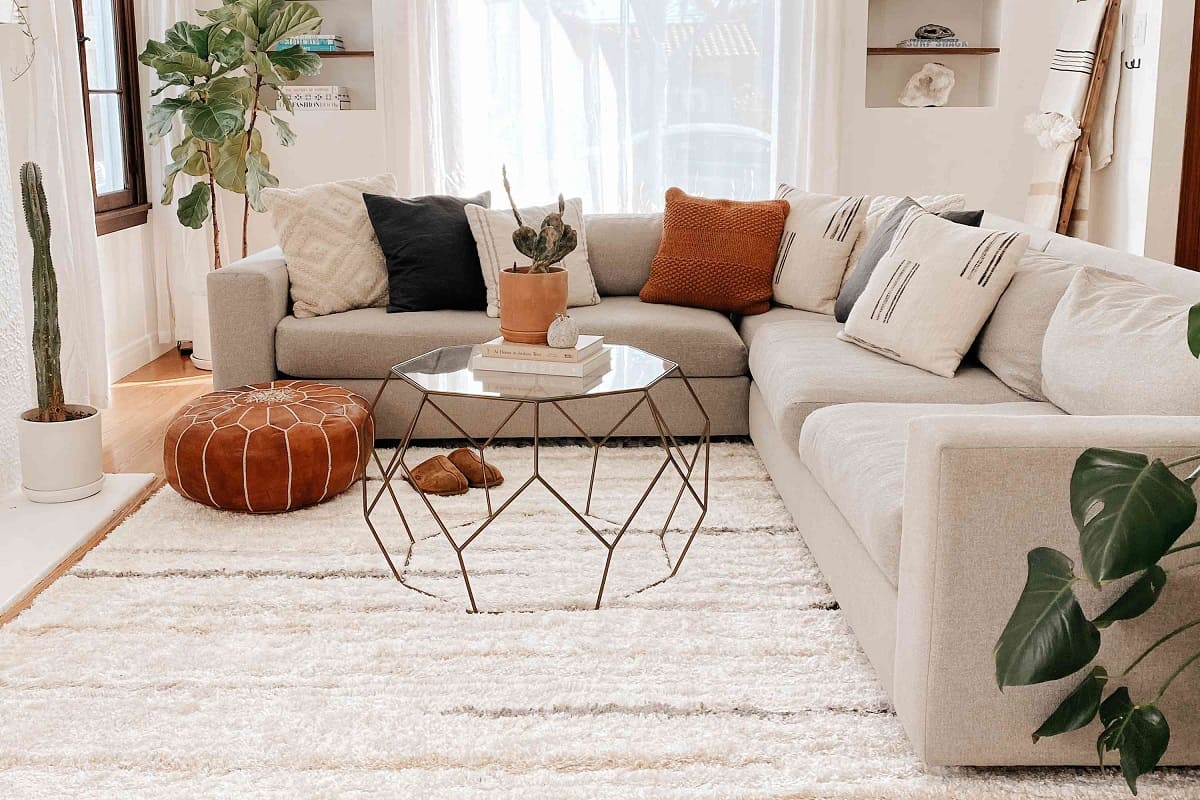
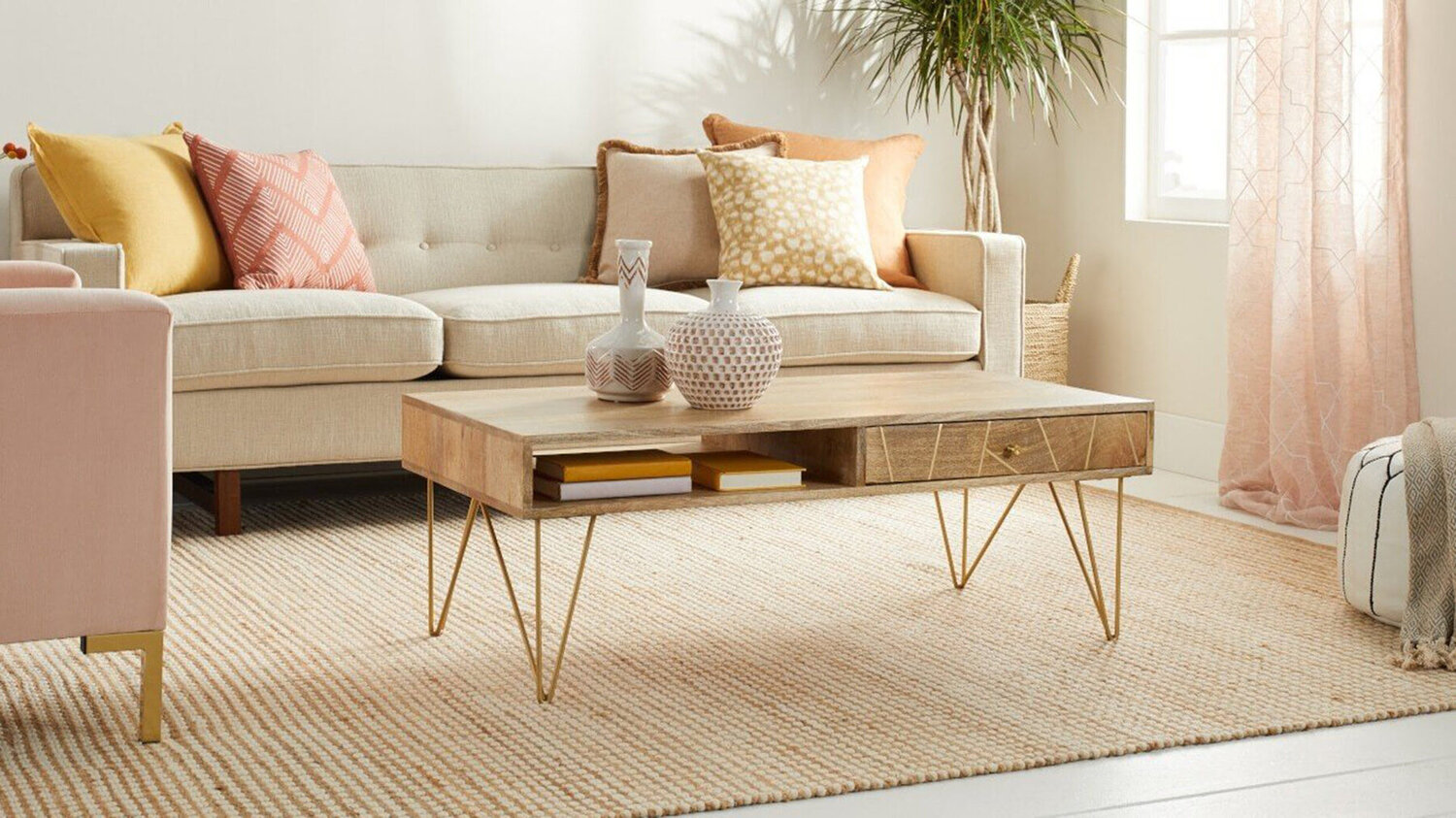

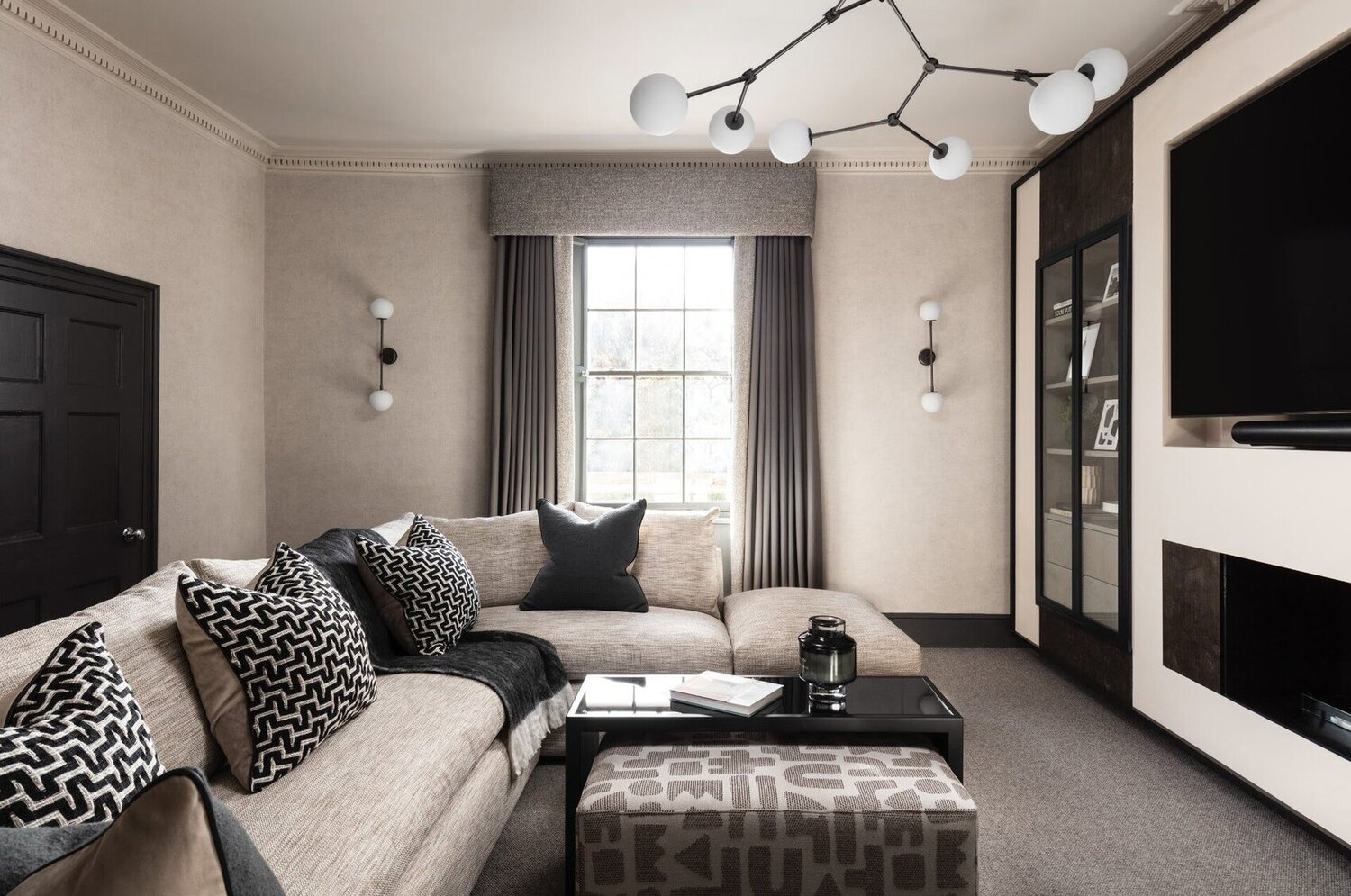
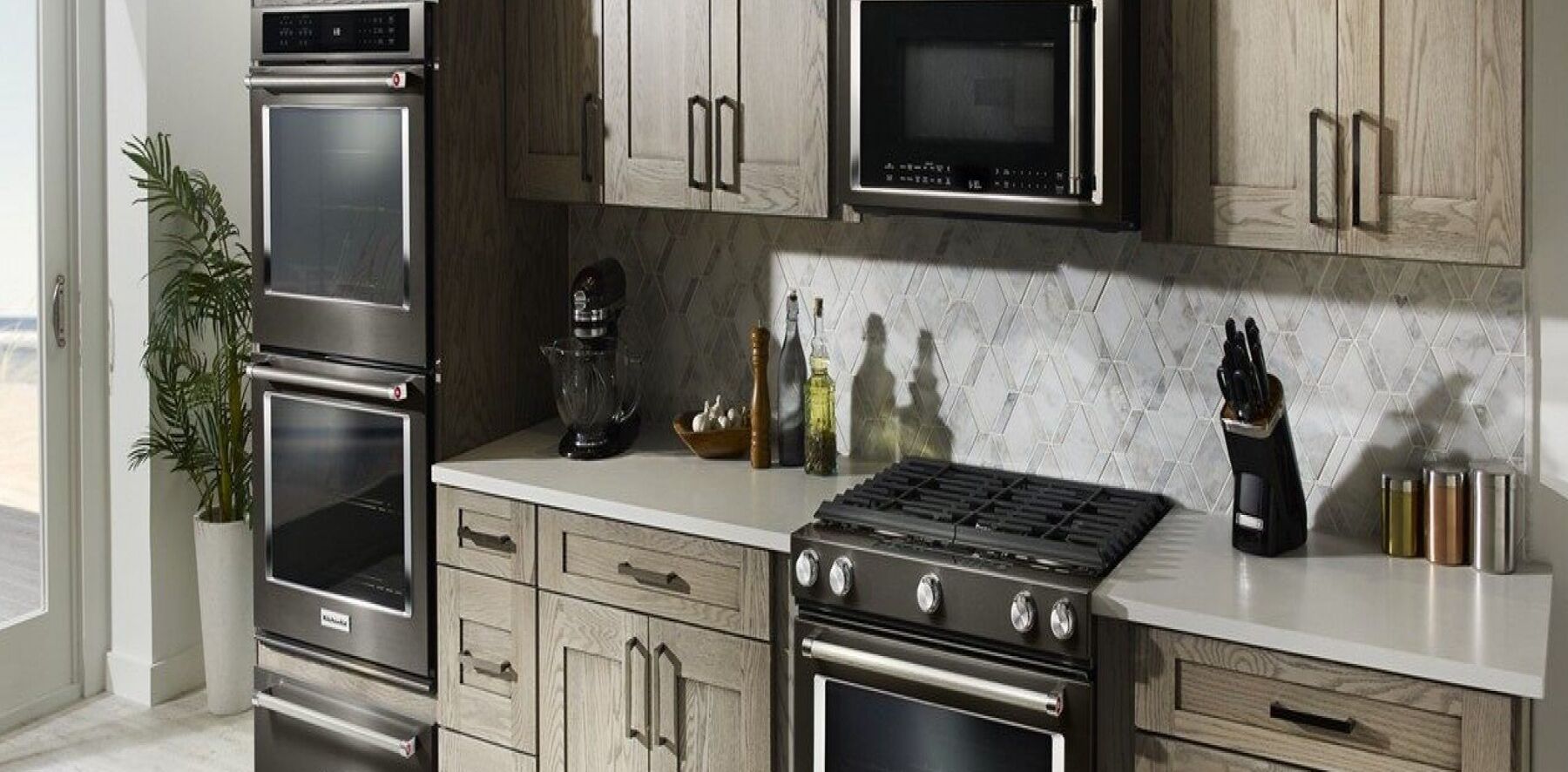
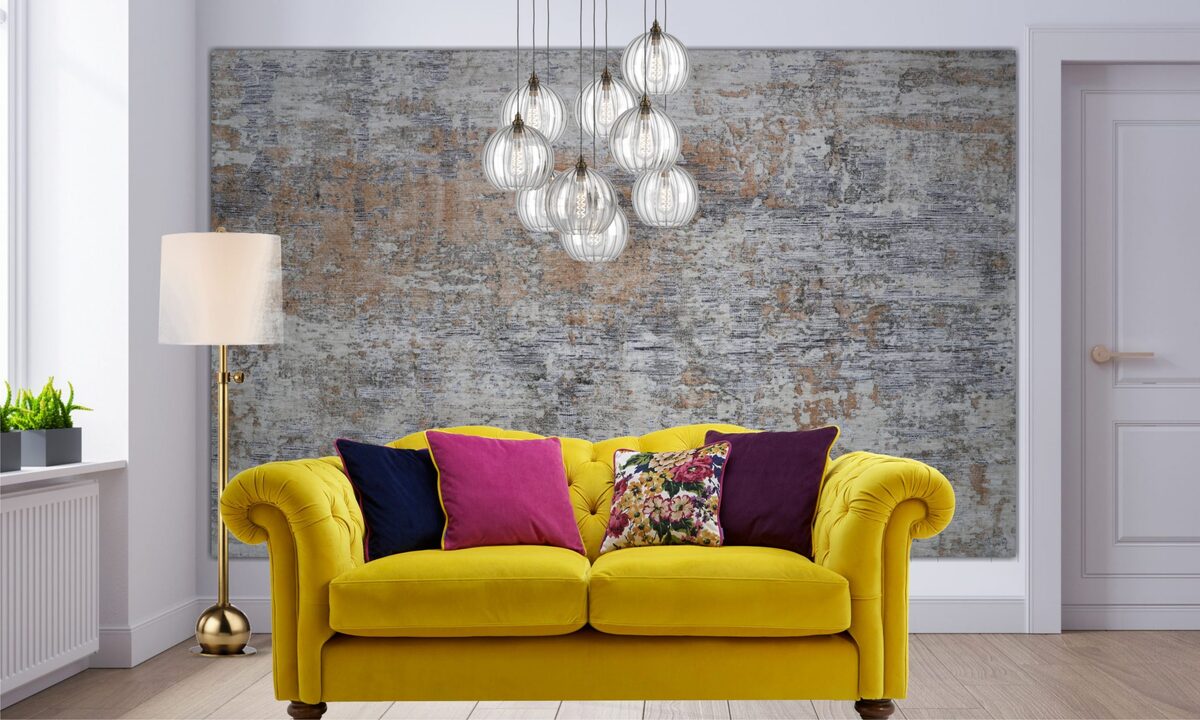


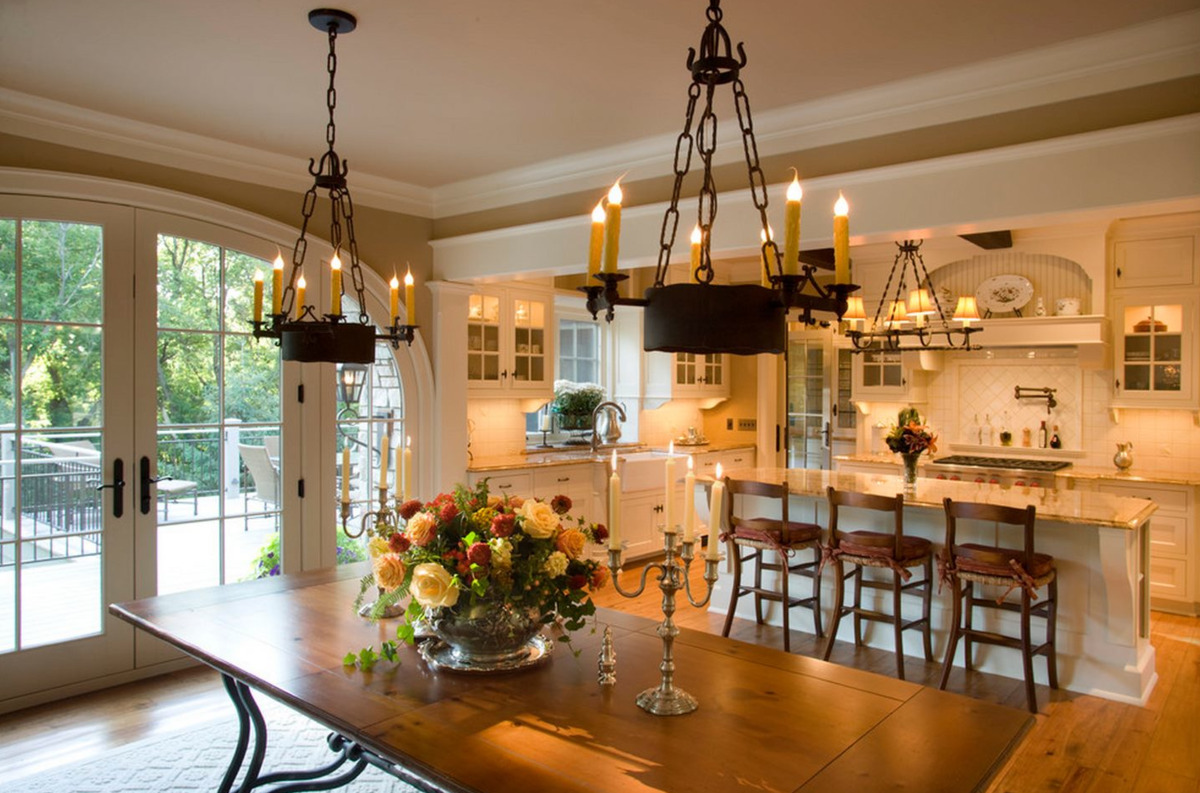

0 thoughts on “Should Carpet Be Lighter Or Darker Than Walls? We Speak To The Experts”